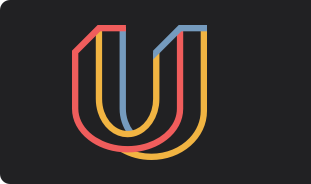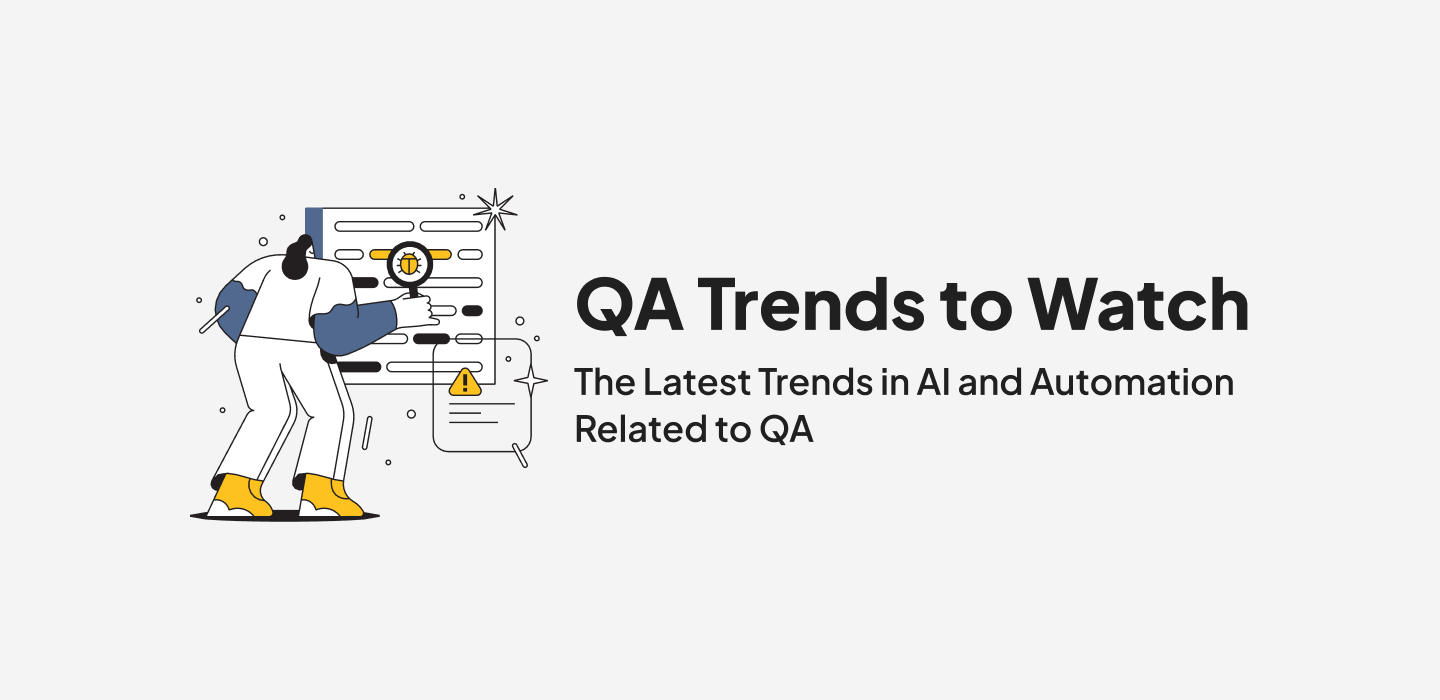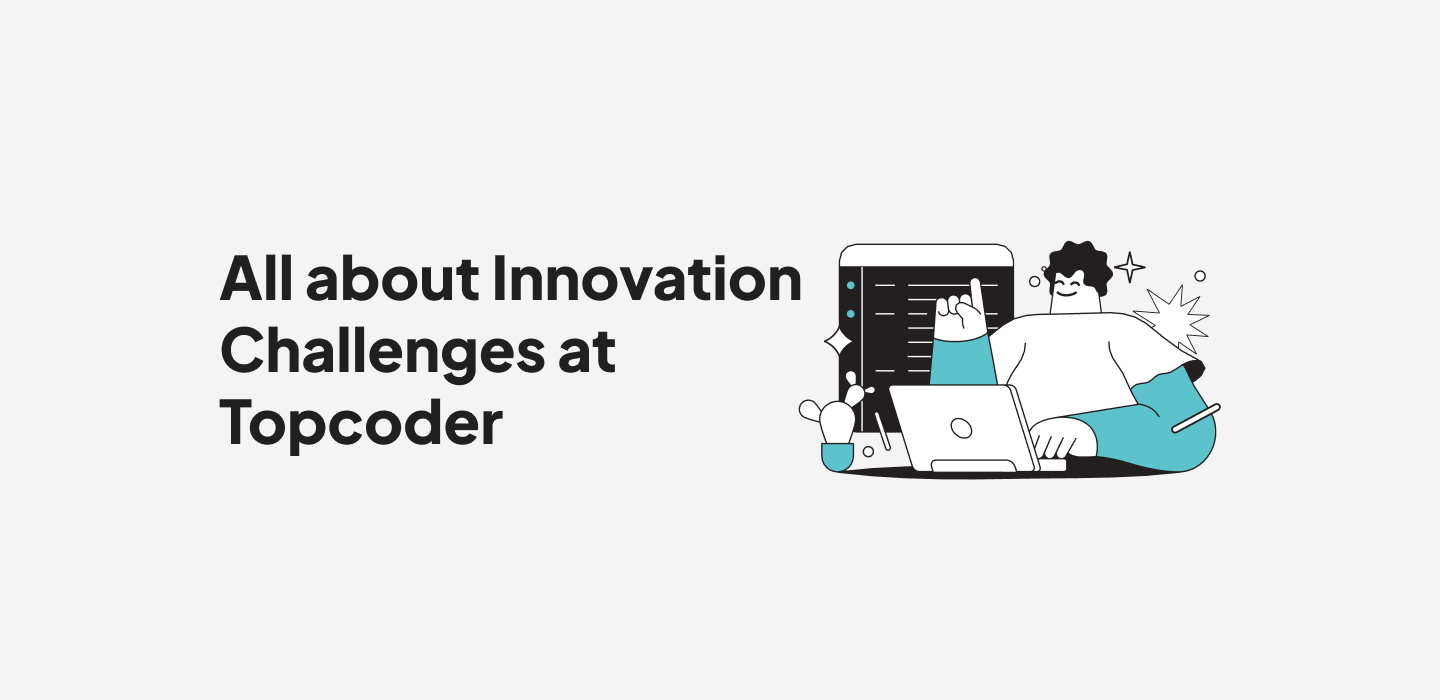November 5, 2020 Lessons from 30 Years at NASA and 10 Years Using Crowd with Steve Rader
In this episode of the Uprisor podcast, Steve Rader, Deputy Director NASA CoECI (Center of Excellence for Collaborative Innovation), joins Clinton to share what he’s learned over a decade of helping government agencies adopt open talent. Steve and Clinton explore why crowd is an amazing way to find the best starting point on projects, the value of out-of-field expertise in finding solutions, and what role failure and vulnerability play in innovation.
Check out the episode and enjoy a recap below.
“This was the secret.”
After reading Jeff House’s book, “Crowdsourcing: Why the Power of Crowd is Driving the Future of Business,” Steve had an epiphany about the role collectivism could play in the innovation game at NASA. The federal government was also making plans to bring crowdsourcing in as a tool at the same time. The White House Office of Science and Technology Policy saw the success that Steve and NASA were having with crowdsourcing, and tapped Steve to help replicate that success across other departments of the federal government.
Freedom to Innovate
How do you get people to shift from seeing crowdsourcing as a threat to an opportunity? Steve recounts how he evolved his leadership message from “We’re doing this” to “a more subtle approach.” He changed the story, making sure to emphasize to people that, “we’re not outsourcing the most fun part of your job.” The two discuss how crowd is useful for finding a better starting point to projects. This was another way Steve framed crowdsourcing as a tool for his team to use rather than a takeover. Now, CoECI uses on-demand talent for everything from ideation and conceptual design to algorithm machine learning, engineering models, and software security.
CROWD IS THE NEW MODEL
Steve is a huge evangelist of open talent, and he and Clinton move into an extensive discussion of the breadth of benefits provided by the crowd, including:
- Incremental project gains that lead to big picture takeaways
- Passionate, highly-motivated expert contributors
- Out of field expertise being used to solve problems
- The opportunity to be vulnerable and learn from failure
We all know innovation and failure come in hand in hand, but we forget in organizations, failure’s expensive. Challenges give people a chance to fail with no consequence. I can put a wild idea out there and develop it up and if it doesn’t work, fine. I didn’t win. But I probably learned a lot. —Steve Rader
Steve feels strongly that because of where technology is today, companies that don’t realize they need crowds are not going to be around much longer. They’re not pivoting to the rapid pace of change that’s going on in the world. As he puts it, “Once you understand that the old ways don’t do it for you anymore, you start looking around and realize the crowd is actually the new model.”
Scaling ENTERPRISE CROWDSOURCING
CoECI has completed more than 450 challenges over 10 years, and Steve wraps up by sharing key steps organizations can take to scale crowdsourcing. Establishing management buy-in, making a process repeatable, and building a team that has experience in open innovation and technological expertise can help ensure programmatic success.
Thank you to Steve Rader for offering his deep experience and perspective with the Uprisor audience.
Annika Nagy



